Introduction to the Recipe
If you’re the kind of baker who believes simple ingredients can lead to exceptional results, Brown Sugar Butter Cookies are about to become your go-to. These cookies are rich, soft, and chewy, with a flavor profile that leans warm and caramelized thanks to the use of all brown sugar and a generous amount of butter. There’s no need for chocolate chips, nuts, or fancy mix-ins—this recipe proves that brown sugar and butter can carry a cookie all on their own.
What makes these cookies truly special is the chemistry between melted butter and brown sugar. When combined, they create a deep molasses-like flavor with a soft, chewy texture that’s borderline irresistible. Unlike traditional sugar cookies, which lean crisp or crumbly, these cookies stay tender in the center and slightly crisp around the edges. The melted butter adds richness, while the brown sugar holds moisture and gives the cookies a deeper hue and more complex taste.
With just a handful of pantry staples—flour, salt, baking soda, eggs, vanilla, brown sugar, and butter—you’ll be amazed at how fast these come together. They’re great for weeknight baking, potluck desserts, or freezing for later. Whether you’re new to baking or just looking for a foolproof cookie recipe with maximum flavor and minimal effort, these Brown Sugar Butter Cookies are it.
Need a deeper dive into the science behind brown sugar in baking? Check out this guide to sugar types from Serious Eats. Or if you love chewy textures, here’s how melted butter affects cookies via King Arthur Baking.
Basic Recipe: Ingredients and Instructions
Print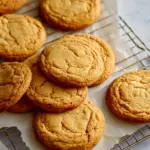
Brown Sugar Butter Cookies
Description
These Brown Sugar Butter Cookies are rich, chewy, and full of deep flavor — perfect for everyday baking or holiday trays.
Ingredients
- 2 1/2 cups (300 g) all-purpose flour
- 1 1/4 tsp kosher salt
- 1 tsp baking soda
- 1 1/2 cups (320 g) packed light brown sugar
- 1 cup (2 sticks) unsalted butter, melted and cooled
- 1 large egg
- 1 large egg yolk
- 1 tsp pure vanilla extract
Instructions
- Preheat the oven to 350°F (175°C) and line two baking sheets with parchment paper.
- In a medium bowl, whisk together the flour, salt, and baking soda. Set aside.
- In a large mixing bowl, combine the melted butter and brown sugar. Stir until smooth and creamy.
- Add the egg, egg yolk, and vanilla extract to the wet mixture. Beat until well incorporated.
- Slowly mix the dry ingredients into the wet mixture. Stir until just combined — don’t overmix.
- Scoop the dough into tablespoon-sized balls and place them on the prepared baking sheets, leaving about 2 inches of space between each.
- Bake for 9–11 minutes, or until the edges are golden brown but the centers are still soft.
- Cool the cookies on the pan for 5 minutes, then transfer to a wire rack to cool completely.
Notes
Let the melted butter cool for at least 10 minutes before mixing — too hot and it’ll cook the eggs.
Using just the yolk in addition to a whole egg boosts chewiness without making the dough too wet.
For perfectly round cookies, gently press the tops with a spoon or flatten slightly before baking.
Keywords: Brown Sugar Butter Cookies
Advanced Techniques
1. Brown the Butter for More Depth
Want to take your Brown Sugar Butter Cookies to another level? Brown the butter instead of just melting it. Browning brings out nutty, toffee-like notes that pair beautifully with the molasses flavor of brown sugar. Just melt the butter over medium heat until golden and aromatic (watch closely so it doesn’t burn), then let it cool before mixing. This one step adds incredible richness and complexity without altering the recipe.
2. Chill the Dough for Thicker Cookies
If you prefer cookies with a thicker, bakery-style rise, chill the dough for at least 30–60 minutes before baking. This helps the flour hydrate and the fat solidify, preventing too much spread in the oven. The result is a taller, softer center with a slightly firmer bite. It’s a small delay with a big payoff for structure and texture.
3. Use Two Types of Brown Sugar
Switch things up by combining 1 cup light brown sugar with ½ cup dark brown sugar. Dark brown sugar contains more molasses, which means a deeper flavor and chewier texture. The combo delivers a cookie that’s rich and slightly more complex, with just a hint of caramel-like bitterness that balances the sweetness.
4. Add a Finishing Salt
Before baking, sprinkle a pinch of flaky sea salt on each cookie dough ball. The salt won’t dissolve in the oven, and you’ll get little pops of salty contrast with every bite. It enhances the sweetness and butteriness without overpowering. Maldon or any large-flake finishing salt works perfectly.
5. Try a Brown Sugar Butter Glaze
For an extra treat, mix a quick glaze using powdered sugar, a bit of brown sugar, melted butter, and milk. Drizzle it over cooled cookies to add a glossy, sweet finish. This technique turns your cookies into a dessert centerpiece — great for holidays or cookie swaps.
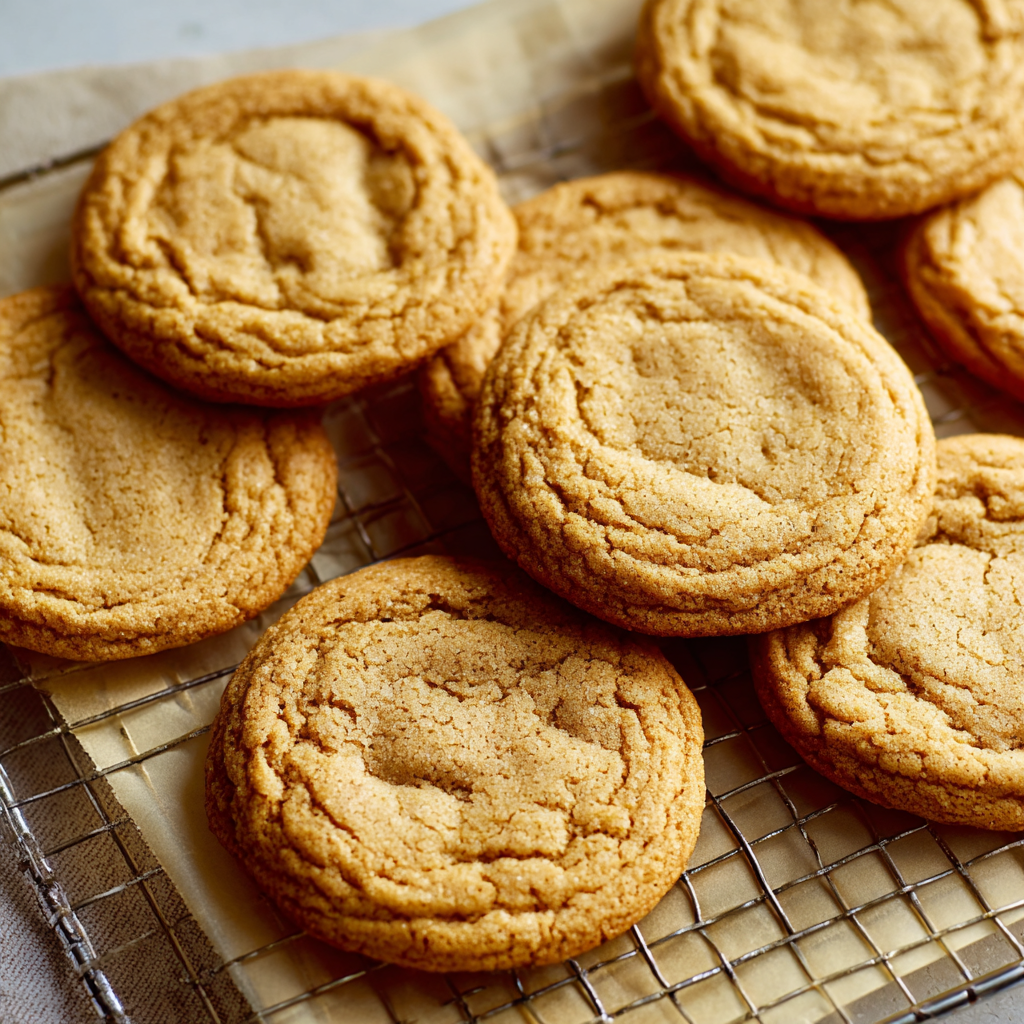
Storage, Shelf Life, and Maintenance Tips
1. Store at Room Temperature for Freshness
Keep the cookies in an airtight container at room temperature for up to 5 days. Use wax paper between layers to avoid sticking. A slice of bread in the container can help keep them soft by maintaining moisture.
2. Freeze the Dough Balls for Later
Scoop cookie dough into balls and freeze them on a tray. Once frozen, transfer to a ziplock bag. You can bake directly from frozen — just add an extra 1–2 minutes to the baking time. This lets you enjoy fresh cookies anytime with zero prep.
3. Reheat for Fresh-Baked Texture
Want that warm-from-the-oven feel the next day? Microwave a cookie for about 8 seconds. It revives the chewiness and makes the butter flavors pop again. Don’t overdo it or it’ll turn rubbery.
4. Avoid Refrigerating Baked Cookies
Refrigeration tends to dry out baked goods. If you must store them cold, wrap cookies tightly in plastic wrap and rewarm before serving. But honestly — freezer or room temp is better.
5. Make and Store Dough Logs
Roll the dough into a log, wrap tightly, and chill. When ready to bake, slice into discs and place on baking sheet. It’s a neat alternative to scooping and great for gifting cookie dough.
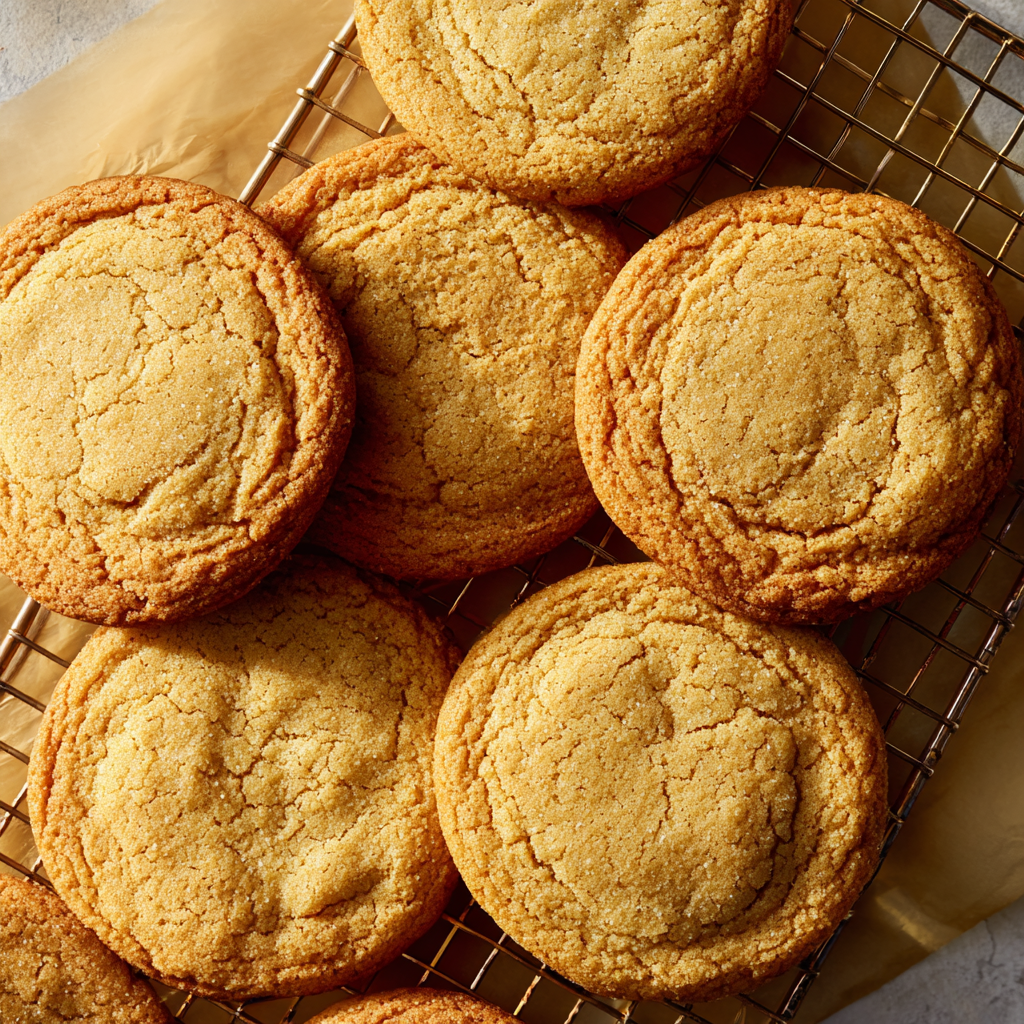
Dietary Adaptations and Substitutions
1. Make It Gluten-Free
Substitute the all-purpose flour with a 1:1 gluten-free baking blend that includes xanthan gum. Brands like Cup4Cup or Bob’s Red Mill work well. The cookies stay chewy, though they may spread slightly less.
2. Dairy-Free Substitution
Replace butter with a plant-based butter substitute (like Earth Balance) in the same amount. Ensure it’s one that behaves like real butter when melted. The result stays flavorful and rich without the dairy.
3. Egg-Free Adaptation
Use a flax egg (1 tbsp ground flax + 3 tbsp water) to replace the egg, and skip the yolk. Texture will be slightly different, but the cookie still holds up and tastes great. Ideal for vegan baking.
4. Refined Sugar-Free Version
Try using coconut sugar instead of brown sugar. It has a lower glycemic index and adds a toasty, rich flavor. The texture may be slightly grittier, but still soft and chewy.
5. Add Fiber with Whole Wheat Flour
Replace up to 1 cup of all-purpose flour with whole wheat flour for a fiber boost. It adds a slightly nutty flavor that works beautifully with brown sugar. You may need a splash of milk if the dough gets too dry.
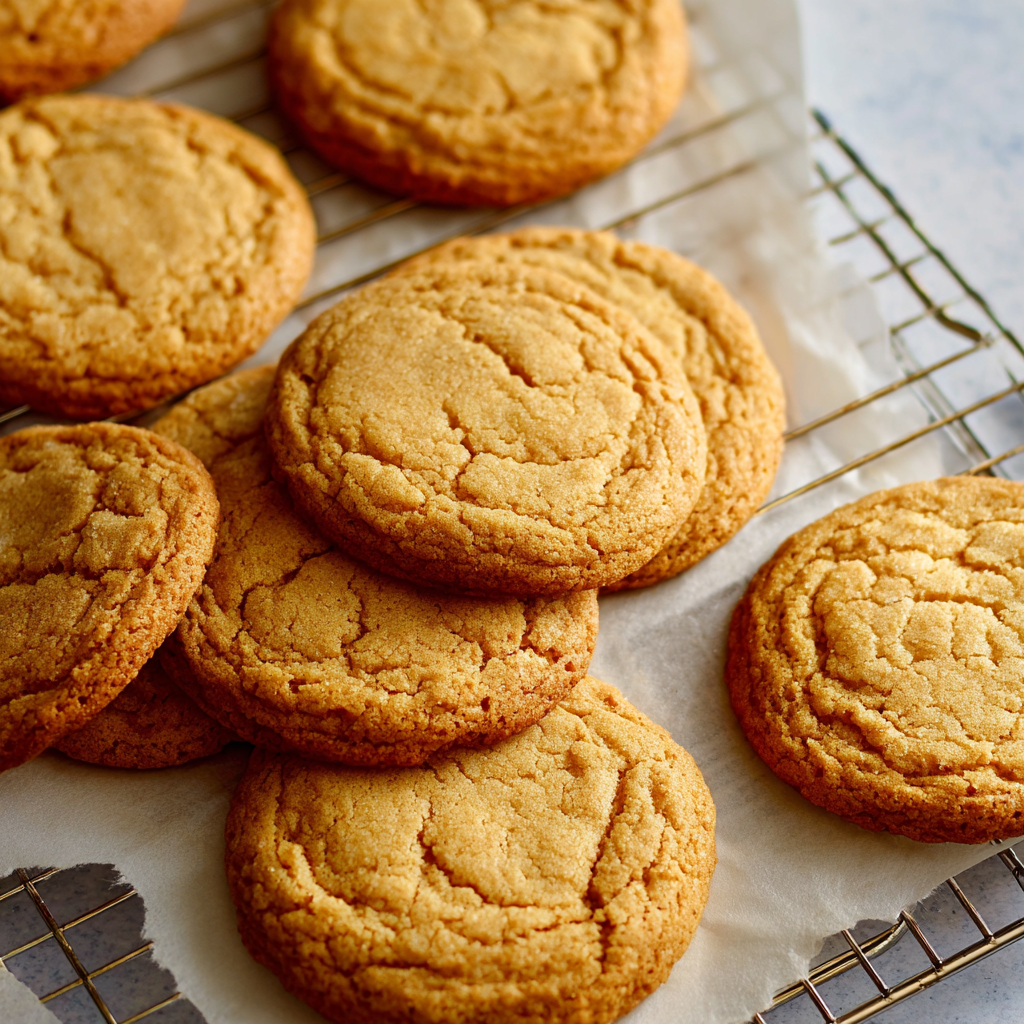
FAQs About the Recipe
1. Why are my cookies too flat?
Flat cookies usually mean the butter was too warm or the dough wasn’t chilled. Let melted butter cool completely and chill the dough if you want thicker cookies. Also, don’t overmix — that warms the dough too much.
2. Can I use dark brown sugar instead?
Absolutely! Dark brown sugar adds deeper molasses flavor and even more chew. You can sub it 1:1 or do a half-and-half mix with light brown sugar for balance.
3. Why do my cookies taste salty?
Double-check that you used kosher salt and not table salt. Table salt is more concentrated. Also, if you used salted butter, reduce or omit the added salt next time.
4. Do I need to chill the dough?
It’s not required, but it improves texture and flavor. If you have the time, chill it for 30–60 minutes. The cookies will be thicker and more flavorful, with better browning.
5. Can I add mix-ins like chocolate chips?
Totally! Add up to 1 ½ cups of chocolate chips, chopped nuts, or toffee bits. Just know it shifts the cookie from pure brown sugar butter flavor to something more dessert-y. Still awesome.
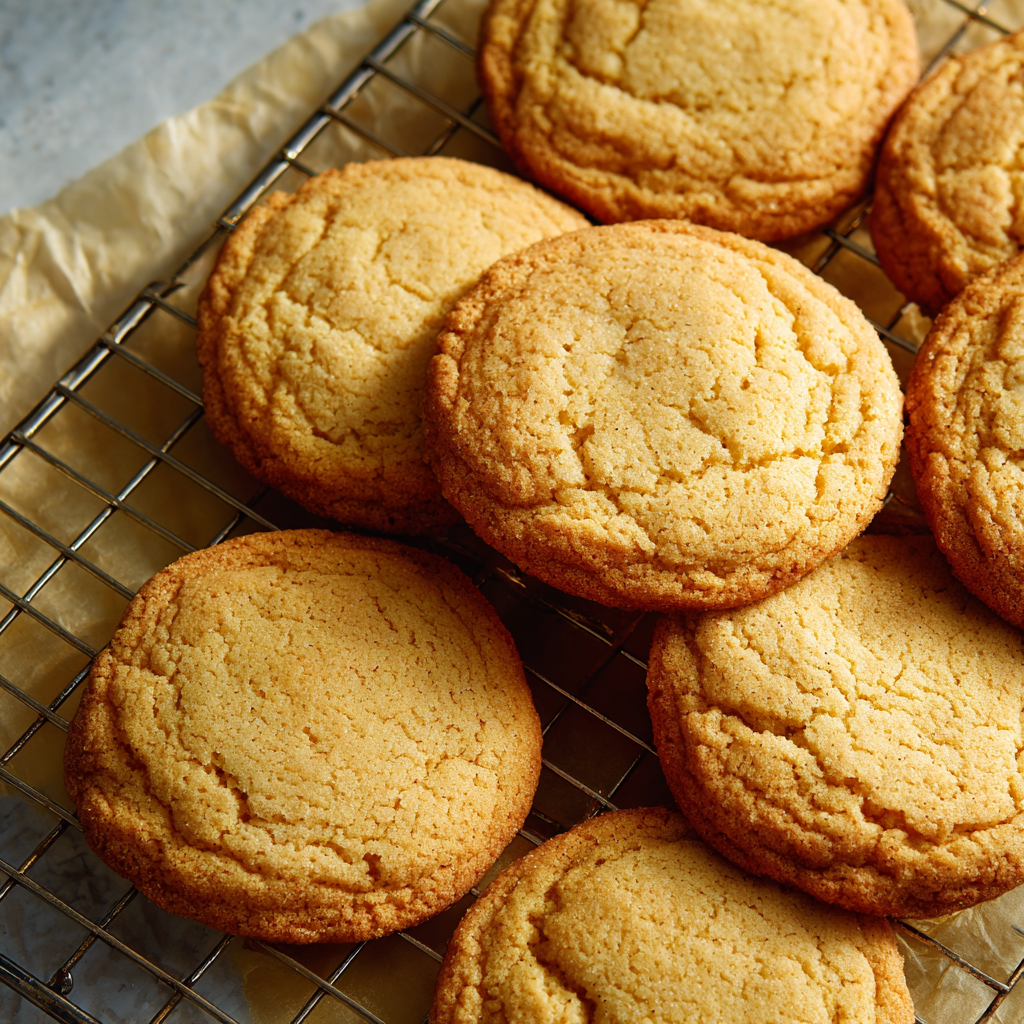
Conclusion & Final Thoughts
Brown Sugar Butter Cookies prove that you don’t need a laundry list of ingredients to make a show-stopping treat. This recipe is about keeping it real: butter, brown sugar, and just the right balance of salt and vanilla create a cookie that’s soft, chewy, and full of flavor.
Perfect for everyday baking, holiday cookie trays, or pairing with coffee, these cookies are simple enough to whip up last minute but tasty enough to leave a lasting impression. You don’t need icing, sprinkles, or mix-ins to enjoy them — though you can dress them up if the mood strikes.
What sets this recipe apart is its reliability. No fussy steps. No chilling required (unless you want to). And No complicated equipment. Just good technique, smart ratios, and ingredients you probably already have in your pantry.
Whether you’re baking for yourself, your family, or your friends, this cookie delivers every time. And once you’ve made them once, they’re easy to memorize — a true baking staple.
Try a batch today and taste why Brown Sugar Butter Cookies deserve a permanent spot in your recipe box.
